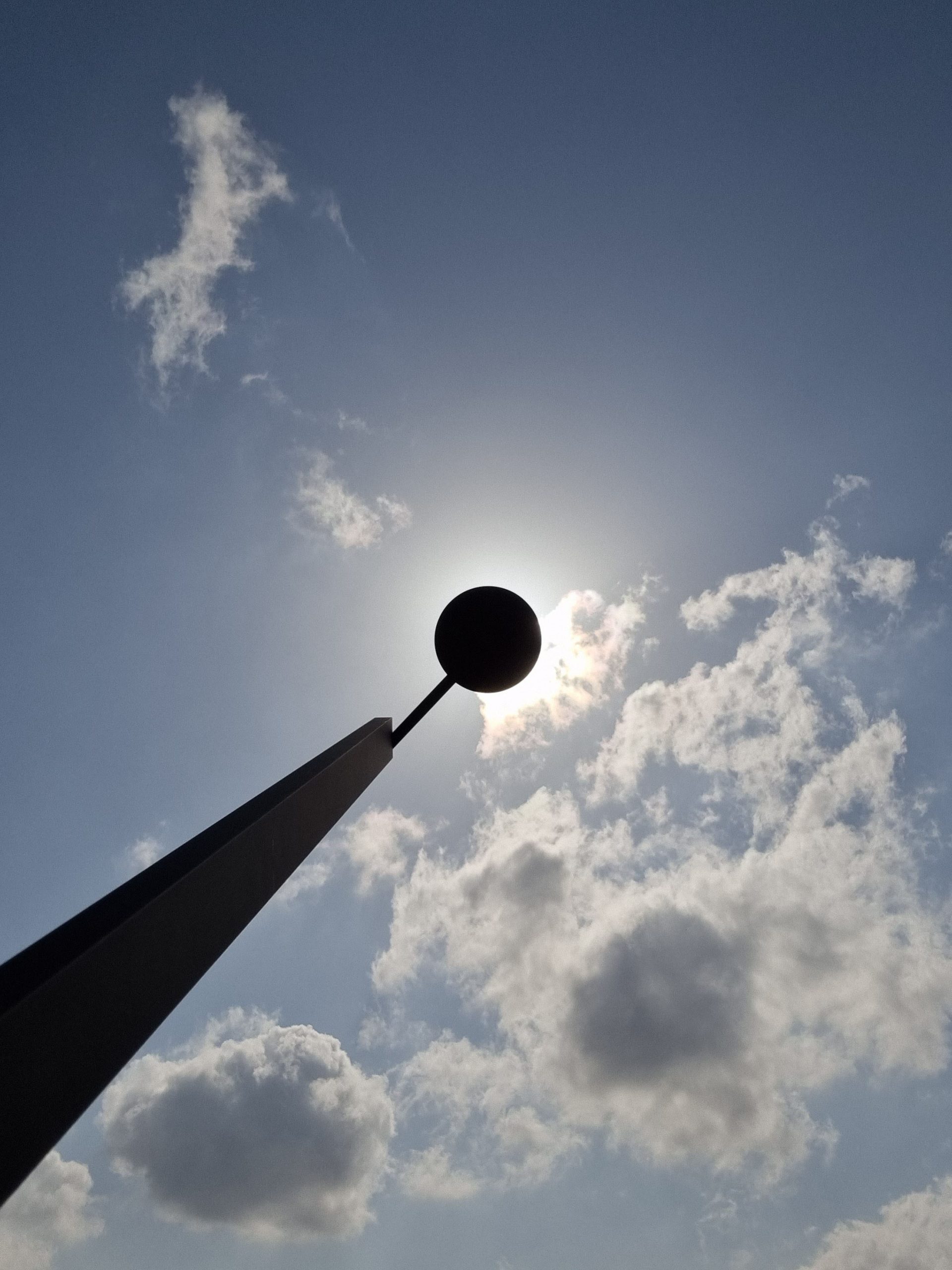Capturing accurate solar irradiance data is essential for many fields of use, including architecture and construction planning, meteorology and climate research, and of course, solar energy applications such as designing and optimizing Photovoltaic (PV) systems.
Traditionally, monofacial fixed-tilt PV modules facing the equator have been used in solar PV plants. In this application, it is critical to monitor global horizontal and plane of array irradiance to gauge and optimize the PV system energy yield. However, with the introduction of bifacial PV modules, system design decisions have grown increasingly challenging. Since bifacial modules may gather light from both sides, the amount of useful solar irradiance available to these panels depends on additional factors like ground albedo and panel height.
Furthermore, during overcast sky conditions, diffuse radiation becomes the primary source of light for a solar plant. In such cases, bifacial solar panels significantly outperform standard monofacial panels. Consequently, monitoring diffuse and ground-reflected irradiance accurately becomes increasingly important throughout the development and operation stages of a solar power project.



























